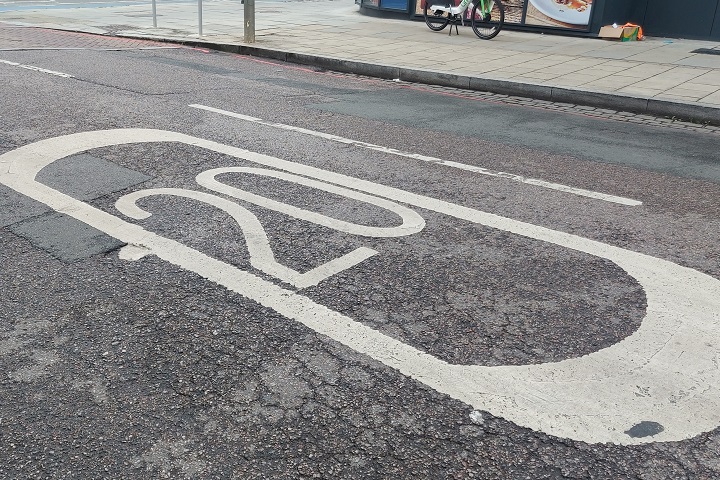
New data shows there was a fall in casualties on 20mph and 30mph roads in Wales in the first three months of 2024, after the nation’s default 20mph speed limit was introduced.
In September 2023, Wales became the first nation in the UK to introduce a default 20mph speed limit. The change applied to restricted roads only, usually in residential and built-up areas.
The figures, published by the Welsh Government, show 78 people were killed or seriously injured on 20mph and 30mph roads between January and March 2024, compared to 101 in the first quarter of 2023
That included five fatalities on 20mph and 30mph roads, compared to 11 in the same period in 2023.
The figures also show a 26% reduction for casualties of all severities.
The Welsh government said the data on casualty figures were “encouraging and show things are moving in the right direction”.
A spokesperson said: “We expect data to fluctuate over the next few years as drivers adjust to the new speed. We’ve still got a way to go but every casualty reduced makes a difference.
“The principal objective of the policy has always been to reduce casualties and help people feel safer in their communities and today’s data reinforces we’re on the way to achieving this.”
The figures have been welcomed by 20’s Plenty for Us.
The campaign group also points to research from Esure, with the insurance company finding vehicle damage claims have reduced by 20% since the default 20mph speed limit was introduced in Wales.
Adrian Berendt, community champion for 20’s Plenty for Us, said: “Initial results show the benefit to Welsh communities of safer roads and better places following the implementation of the 20mph default.
“Data from Esure showed how lower speeds led to fewer vehicle damage claims in the last quarter of 2023. Now, we can see from the first six months of the 20mph default how casualties are also reducing.
“20’s Plenty congratulates politicians, local authority representatives and community leaders as well as the vast majority of drivers who have altered their behaviour to make roads in Welsh communities better places to be. Diolch Am 20.”
Let’s look at the DfT data released this week:
1) October – December 2023. Compared with the same period in 2022, casualties are down 28% on 20/30mph roads in Wales but just 1.5% in England
2) On other roads for the same period, the equivalent figures are 3% (Wales) and 5% (England). In other words, no difference
3) For the first 9 months of 2023, casualties on 20/30mph roads were up in Wales by 3% and down in England by 3% (again no difference)
4) On other roads, the equivalents are up 4.5% (Wales) and no change (England) (little difference)
It’s no proof, of course, but when you add in that an insurance company (esure) is reducing its premiums for those living in 20mph places – not something it would do lightly, the evidence is becoming pretty conclusive.
Adrian Berendt, Tunbridge Wells
--1
Setting aside the stupidity of calling road traffic accidents anything other than road traffic accidents, the piece of journalism to which Eric Bridgstock refers is something of an improvement on the article above. I think the phenomenon displayed in that article (above) is termed confirmation bias. But hey! We don’t need sound, scientific research on the matter, do we? At least Eric has identified one of the confounders, and there may be many more. Just don’t expect 20’s for Plenty to draw them to our attention.
Fraser Andrew
--5
As 20mph zones are built up areas , drivers avoiding them is all to the good.
Any driver tempted to let loose anywhere other than a race track needs banning.
Paul Luton
+3
As the 20 limits apply to residential and built-up areas, if, as has been suggested, the implication may be that drivers ‘avoid 20mph areas’, how do they ever get to and from their homes? Quite a puzzle.
Hugh Jones, Wirral
+6
This fine piece of journalism takes a more holistic view and paints a different picture.
https://www.dailypost.co.uk/news/north-wales-news/deep-dive-good-and-bad-29329786
No mention of traffic volumes. A possible implication is that drivers avoid 20mph areas and have their crashes elsewhere. Another is that the frustration of driving at 20mph means they ‘let loose’ when out of the 20 zone.
Certainly nothing to suggest 20mph is a success. So no different to anywhere else!
Eric Bridgstock, St Albans
--8